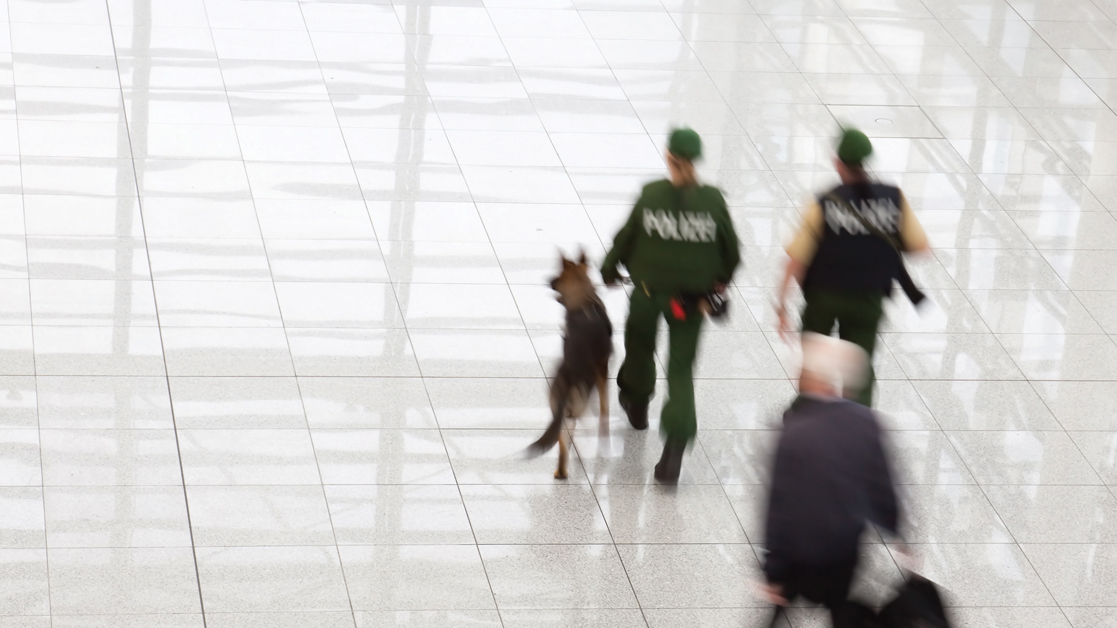Recent events around the world demonstrate the scale of the issues the market faces. Two mass shootings on one day in the US in August, one of which was classed as domestic terrorism, resulted in the death of at least 31 people, prompting the President, Donald Trump, to condemn “racism, bigotry and white supremacy” and to call for the death penalty to apply to such incidents. These shootings followed suicide bombings in churches and luxury hotels in Sri Lanka on Easter Sunday earlier this year, raising concerns that ISIS is switching out of Syria into other territories.
The insurance industry faces the difficult task of helping businesses ensure that they have adequate cover in place for these unknown threats. We are not helped by the fact that definitions of risk vary by territory, making it harder to coordinate a consistent multinational response on behalf of brokers and their insureds.
However, if these recent events have taught us one thing, it is that these threats need a robust and highly specialist approach – our perspective is they cannot be adequately addressed by a simple extension to an existing property or liability policy.
Risk is rising
Although it is impossible to predict how threats will evolve, the sad fact is that political violence in every form is on the increase.
World peace has been declining over the past four years, according to the Global Peace Index1. In the last year, four regions that were historically the most peaceful – Europe, North America, Asia Pacific and South America – all recorded deteriorations, with terrorism and internal political conflicts the biggest factors driving the decline. Europe, hitherto the world’s most peaceful region, recorded a deterioration for the third straight year in 2018, with Spain in particular falling ten places in the global country rankings.
Political unrest related to the struggle for independence by Catalonia; protests by the so-called Gilets Jaunes movement in France and demonstrations related to Brexit in the UK are all examples of the kind of activity that has contributed to the rising threat.
But alongside these civil disturbances, which in France have seen “four people killed, many hundreds injured and billions of euros of damage inflicted on the country’s urban centres as part of the protests”2, we have also seen a concerning increase in lone-wolf type terrorist attacks with unsophisticated devices, or hand-held weapons in Europe and other parts of the world. These have resulted in indiscriminate killings in London (March and June 2017), Manchester (May 2017), Barcelona (August 2017) and most recently New Zealand in March 2019.
Many businesses suffer, even if only one is targeted
Sectors typically and most frequently targeted as part of terror, political violence or strike-type protests often include hotels and luxury brands, entertainment centres, sports venues or transport networks, which attract large numbers of people. Other sectors, for example life science, energy and telecoms are also frequent targets.
Although it is larger businesses, often with multinational operations in areas where terrorist activity is more prevalent, that tend to carry more cover, it is smaller businesses that are increasingly most exposed.
As modes of attack change, we are seeing shops and cafes in malls and outdoor markets coming under attack or suffering the consequence of a mass terror event. The small businesses caught up in the London Bridge attacks in 2017 for example were unable to access their premises for 10 days while the police conducted their investigation. Major transport stations were also closed the day after the attack.
Market responding to changing nature of threats
As the nature of the threat changes and businesses are impacted in different ways, so the terrorism and political violence market is evolving.
Born in the aftermath of the attack on New York’s Twin Towers in 2001, what began as protection for physical damage to property caused by terrorist attacks has grown rapidly over the years, as the nature of the threat has evolved and weaknesses or coverage gaps have been exposed.
Active assailant insurance, for example, was introduced in response to the school shootings in the US and was designed to close a gap in general liability policies that neither specifically included or excluded such attacks.
Non-physical damage business interruption cover likewise was pioneered in response to the recent shift in focus from attacks on property to attacks on people. Market innovation was needed because traditional terrorism policies were triggered only by physical damage, not by the authorities locking down access to an area post a terror attack, or by so-called loss of attraction, the now all too familiar scenario in which a venue becomes less attractive to customers in the aftermath of a terror attack.
Another evolving area is the liability exposures for those targeted by terrorism. Business owners and managers have a duty of care to their employees, to customers and to others that interact with their business. While it may seem distasteful to hold targeted businesses to account for anticipating and managing terror attacks on them, it is a fact of modern life that businesses must have robust plans in place for how to respond in the event they are targeted. Customers expect that staff will know how best to help them take cover or escape from a building; tourists and pedestrians expect that pavements outside popular attractions or government buildings will be protected from vehicular attack.
Most recently, for example, in March 2019 the International Cricket Council was questioned by journalists about its risk assessment on behalf of the Bangladeshi team during its tour of New Zealand which saw attacks by a lone assailant on two mosques. New Zealand is the second most peaceful country in the world3 (after Iceland) so this incident exemplified just how hard it is to model or predict this kind of threat.
In another example of how the specialist standalone market is evolving, liability risks such as these were added to cover by some specialist markets in 2018 with a mix of financial reimbursement and practical assistance to help support targeted entities to respond appropriately.
In fact, evolution in this market is constant – in 2018 the London market changed its definition to omit the requirement for a terror attack to have a religious, ideological or political motivation. In Spring 2019 the UK government risk pool, Pool Re, added non-physical damage business interruption to its range of cover.
No doubt further innovations will come to fruition in 2019 and beyond.
The $64m question
The $64m question for terrorism and political violence insurers is of course – what next?
Looking into the future, the expectation is that the majority of terrorist attacks will be simple in their methods, making use of accessible, improvised weapons, including vehicles. Such crude attacks, often the work of lone-wolves rather than organised groups, are inherently hard to predict and detect. There is often little communication or apparent planning to alert the authorities, nor is there any purchasing of controlled materials that might arouse suspicion. That said, we do expect the use of explosives to remain a preferred method, because of their capacity to cause significant infrastructure damage, mass casualties and the ability to generate high media impact.
In terms of strikes, riots, civil commotion and full-blown political violence (the definition of which extends to include war and civil war) the picture is mixed. The rise of extremist far-right and left political movements is a well-documented feature of many modern-day democracies – including in Europe and the US. It is difficult to predict to what extent they may destabilise the status quo and cause losses for business.
What we do know, however, is that in 2017 the economic impact of violence on the global economy was $14.76 trillion in purchasing power parity (PPP) terms. This figure is equivalent to 12.4% of the world’s economic activity (gross world product) or $1,988 for every person. As the incidence of violence increases so do the costs.
Against this backdrop, our task is to educate businesses, small and large, around the world about the evolving nature of the threat. In particular, we want to encourage more dialogue with brokers and insureds about how best to structure the cover for different sizes of business in different sectors and territories which we know will be needed.
References
1http://visionofhumanity.org/app/uploads/2018/06/ Global-Peace-Index-2018-2.pdf
2https://www.bbc.co.uk/news/resources/idt-sh/ yellow_vests
3http://visionofhumanity.org/app/uploads/2018/06/ Global-Peace-Index-2018-2.pdf
4http://visionofhumanity.org/app/uploads/2018/06/ Global-Peace-Index-2018-2.pdf

